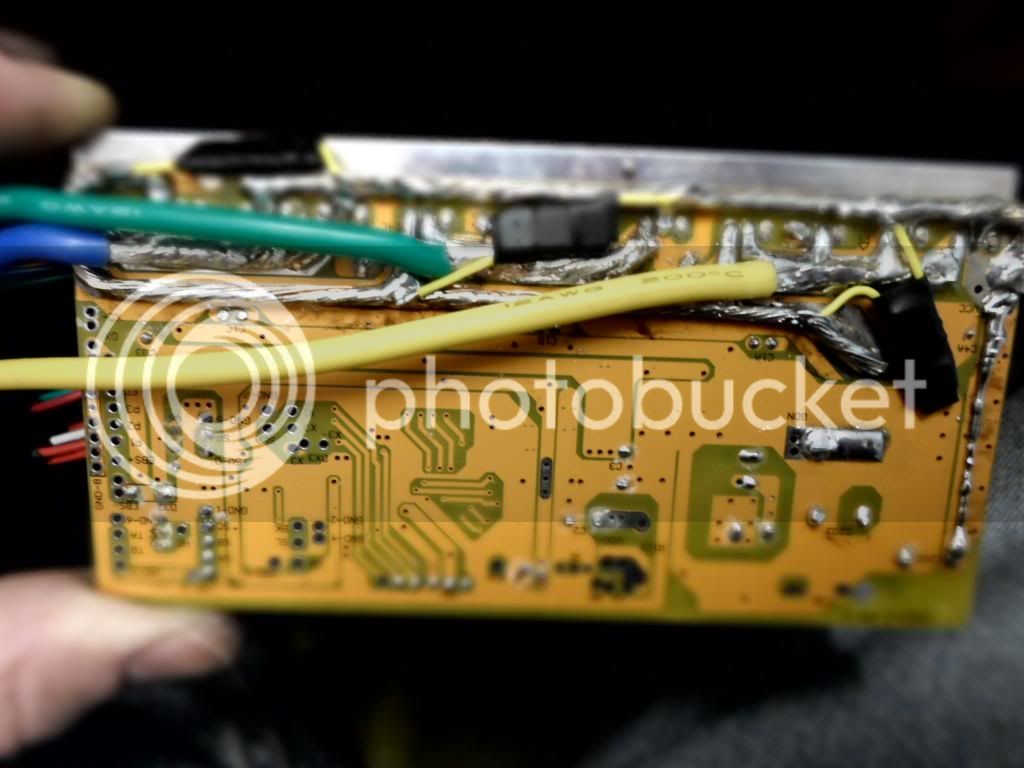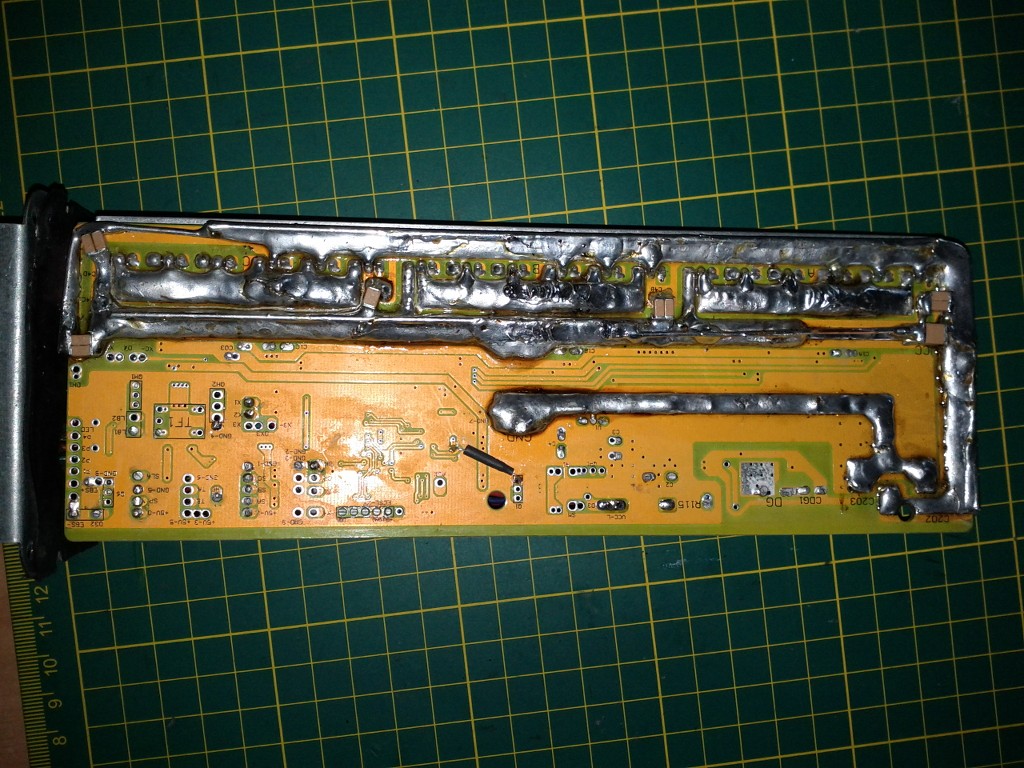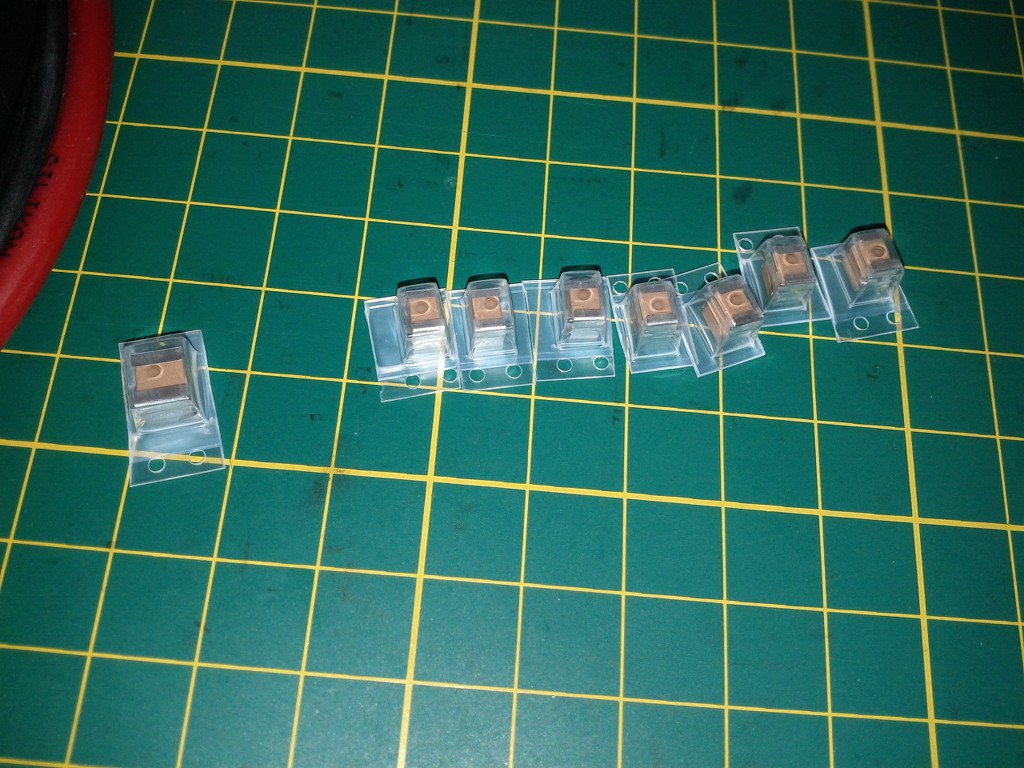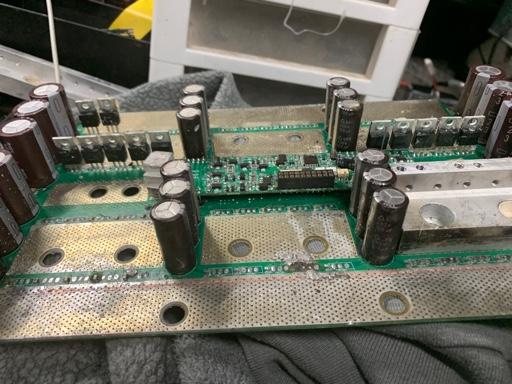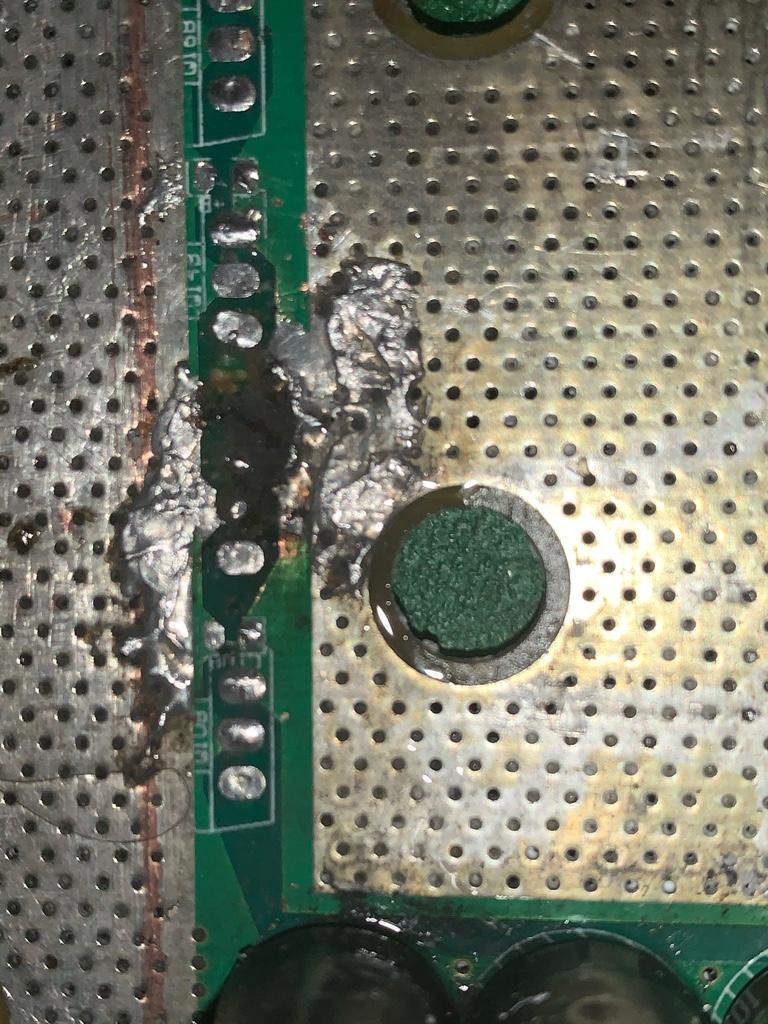Doctorbass
100 GW
I would appreciate to get some advices about those ceramic capacitors we add to the DC rail of controller to ameliorate the high current pulse response and protect fets.
I am familar with adding/or replacing caps for Low ESR caps to controller for the ripple current, but i just feel uncertain about Ceramic smaller caps.
I know they are also very important. I understand that they must help to reduce ripple current to not blow the Fets when high current demand.
Is it like adding some 104(0.1uF) or 105(1uF) or even 106(10uF) caps to the DC rail close to each phase and to the power input?
What should be their ESR or ESR per UF and voltage rating? should it be equal to the big caps ?
any exemple will be apprecaite!
Doc
I am familar with adding/or replacing caps for Low ESR caps to controller for the ripple current, but i just feel uncertain about Ceramic smaller caps.
I know they are also very important. I understand that they must help to reduce ripple current to not blow the Fets when high current demand.
Is it like adding some 104(0.1uF) or 105(1uF) or even 106(10uF) caps to the DC rail close to each phase and to the power input?
What should be their ESR or ESR per UF and voltage rating? should it be equal to the big caps ?
any exemple will be apprecaite!
Doc


